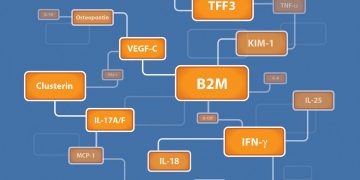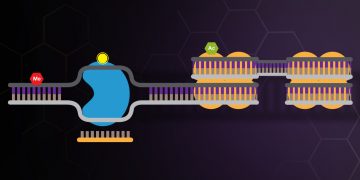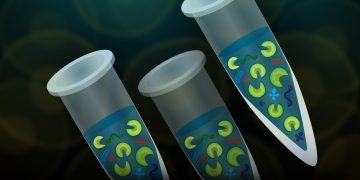
Fluorescent Western Blotting: Helpful Tips for Optimizing Your Protocol

The ZE5™ Cell Analyzer: Designed by Users for Users

Characterization of Critical Reagents for Ligand Binding Assays

The Fluorescent Way: Why Start Fluorescent Western Blotting Now?

Multiplex Immunoassays: Five Tips for Optimizing Your Experiments

CRISPR: Changing the Pace of BioPharma R&D

Year in Review: Top Ten Articles of 2016

Digital PCR: Helpful Tips When Using Droplet Partitioning Technology

Ten Tips for Improving Western Blot Detection of Immunoprecipitation Samples


